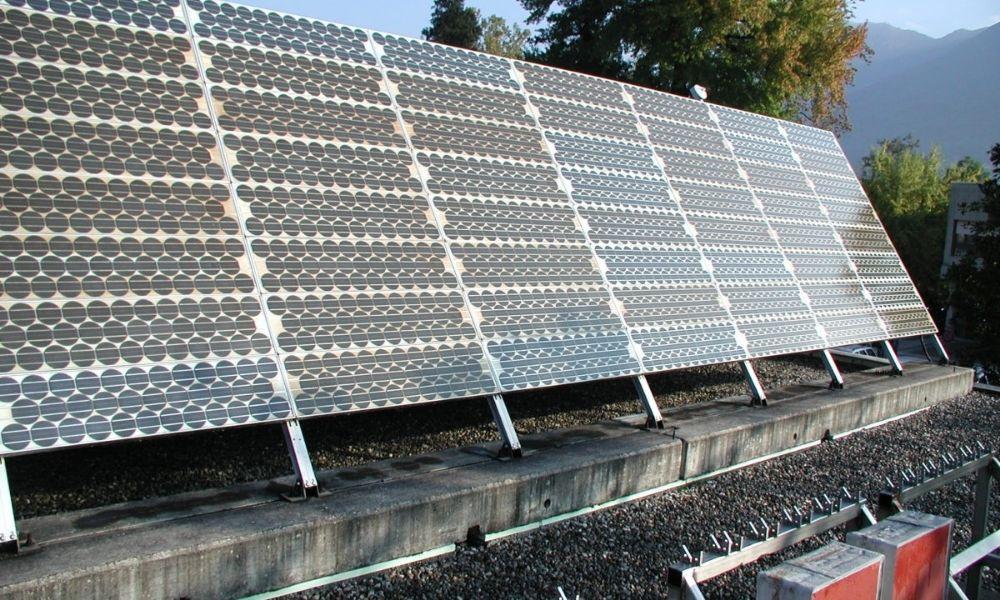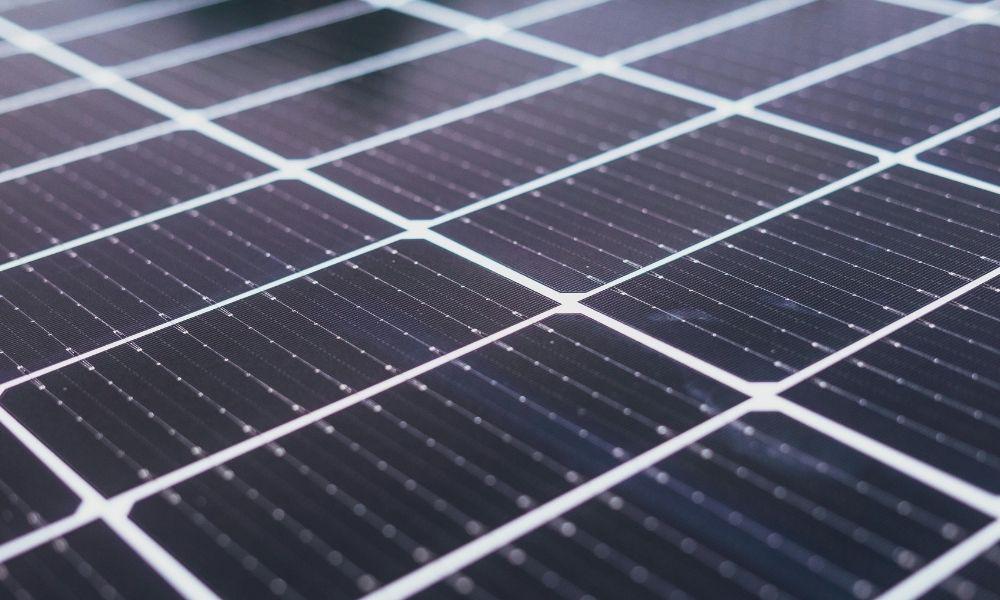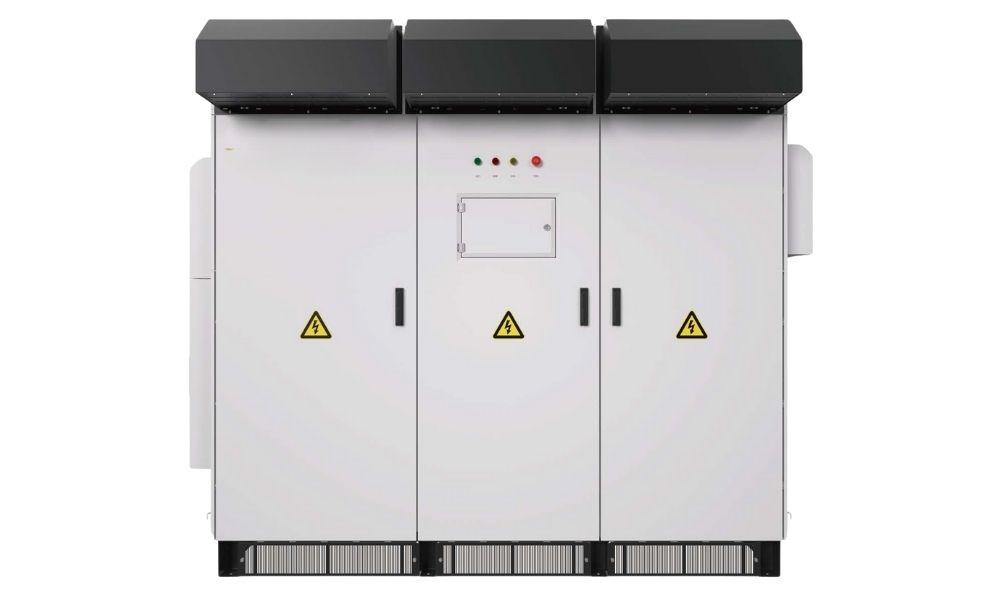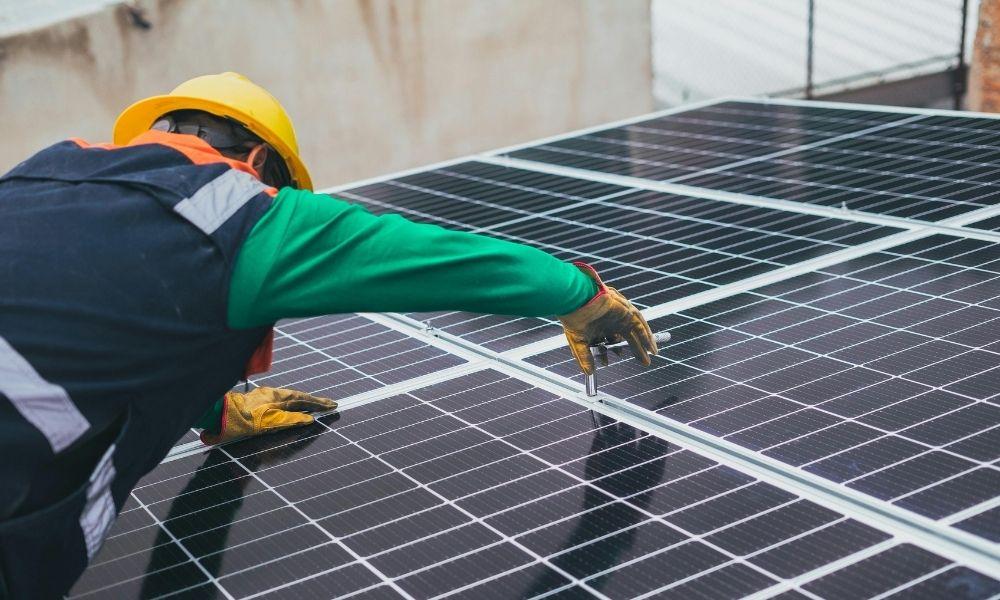Will solar farms still be generating electricity in 25 years?
What is the lifespan of a solar farm?
The designed lifespan of a solar farm is typically 25 years. However, this is not absolute. The actual service life needs to be determined by the solar farm itself.
For example, the oldest known solar farms in Europe. It was installed on the roof of the laboratory of the Swiss University of Applied Sciences and Arts, known as TISO10. It has an installed capacity of 10 kW and consists of 288 solar panels. Since its connection to the grid, TISO10 has been operating almost continuously for nearly 42 years.

In other words, the 25-year service life is a base standard, not the only standard, and some solar farms can operate for an exceedingly long time.
Can solar farms that have been in operation for over 25 years still generate electricity?
Solar farms don't stop generating electricity after 25 years; they can still continue to generate electricity; but the efficiency of power generation is reduced.
The power generation efficiency of a solar farm mainly depends on the solar panels and inverters.
Most solar panels have a design life of 25 to 30 years. While there may be slight variations depending on the manufacturer, they typically offer at least a 25-year performance guarantee. Over long-term use, the performance of the solar panels gradually declines. Generally, after 25 years of use, its conversion efficiency can still be about 80% of the factory's efficiency and still has a certain power generation capacity.

The performance of the inverter directly affects the overall power generation efficiency of a solar power plant. Efficient inverters can minimize energy loss, typically achieving an efficiency between 95% and 99%. However, over time, their conversion efficiency tends to decline.

For example, a solar farm in Switzerland has replaced its inverters five times over its 40 years of operation, averaging a replacement every 10 years. Therefore, to ensure that a solar power plant can continue to generate electricity after 25 years, it is necessary to regularly replace the inverters.
How can we extend the lifespan of solar farms?
For solar farms to exceed their designed lifespan and operate stably for decades, several key factors are essential:
Optimized Installation Design
Proper installation angles and orientations can maximize sunlight exposure and reduce damage to solar panels.

High-Quality Products
The three core components of solar farms are the solar panels, mounting structures, and inverters. High-quality solar panels, corrosion-resistant mounting systems, and stable-performing inverters are fundamental to ensuring long-term stable operation.
Regular Maintenance
Regular cleaning, inspections, and maintenance can help identify and resolve issues promptly, preventing minor problems from escalating, and thus extending the plant's lifespan.
Technological Advancements
With the continuous advancement in solar technology, the performance and lifespan of new-generation modules have significantly improved. Upgrading aging modules or inverters can enhance overall power generation efficiency and performance.
Conclusion
In summary, solar farms that are more than 25 years old are still able to continue to generate electricity, only that their power generation efficiency has been reduced. However, through reasonable maintenance and technical upgrading, these solar farms can still provide power support for users.